What is the difference between flexion and extension?
Table of Contents
Introduction
Flexion and Extension are joint movement and are opposite directed movement.
- Joints, as well as muscles of the human body, are involved in the movement. The straightening, as well as contraction of the muscles, perform the movement of the joints. Flexion, as well as extension, are two anatomical terms used to describe angular motion.
- A direction of the motion or the change in the angle between the two bones determines the type of movement as the flexion or extension. The chief difference between flexion and extension is that flexion is an action that brings the two bones together, reducing the angle between the bones while the extension is an action that increases the angle between the two bones.
Range of Motion
- A majority of the human body’s joints allow for some motion. A few particular joints, such as joints in the skull, do not. Those joints which do allow for movement, namely the knee or ankle, have a predetermined range of motion. The range of motion is basically how far in each direction that joint can move or even bend comfortably. This range of motion of the joint is usually measured in degrees. Every individual joint has a separate range of motion.
What is flexion?
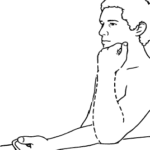
- Flexion describes as a bending movement that reduces the angle between the segment & its proximal segment. For instance, bending an elbow, or clenching the hand into a fist, are examples of flexion.
- When the person is sitting down, the knees are flexed. When the joint may move forward & backward, namely the neck & trunk, flexion is the action in the anterior direction. When a chin is against a chest, the neck is flexed, & the trunk is flexed when the person leans forward. Flexion of a shoulder or hip is the motion of an arm or leg forward.
What is the extension?

- The extension is the opposite of flexion, describing the straightening motion which increases the angle between body parts. For instance, when standing up, the knees are extended. When the joint may move forward & backward, namely the neck and trunk, extension is the movement in the posterior direction.
- Extension of the hip or even shoulder moves an arm or leg backward. Even for the other upper extremity joints elbow & wrist, the movement behind results in extension. Except for a knee, ankle, & wrist, where a distal end has to move in the anterior direction for it to be called extension.
- With regard to the toes, flexion means curling them downward while extension means uncurling them or even raising them upward.
What is the difference between flexion and extension?
| No | Flexion | Extension |
| 1 | Flexion is an action that brings the two bones together, decreasing the angle between the bones | The extension is the action that improves the angle between the two bones. |
| 2 | The angle between the two joins reduces during the flexion. | The angle between the two joints enhances during the extension. |
| 3 | Flexion does lead to the bending of the bones, and bringing the two bones together. | Extension does lead to the straightening of the bones, dispersing the two bones. |
| 4 | Upward phase of the bicep curl & bending of the knee are examples of flexion. | Downward phase of the bicep curl & standing up are examples of the extension. |
| 5 | An abnormal movement of flexion is hyperflexion. | An abnormal movement of extension is hyperextension. |
- Movements, the process of motion, is described using specific anatomical terms. Motion mainly includes the movement of organs, joints, limbs, and specific sections of a body as well. The terminology is used to describe the motion according to the direction relative to an anatomical position of the body parts involved.
- Anatomists as well as others use the unified set of terms to describe most of the movements, even though other, more specialized terms are necessary for describing the unique actions namely those of the hands, feet, and eyes. In general, movement is classified according to the anatomical plane it occurs in. Flexion, as well as extension, are examples of angular motions, in which two axes of the joint are brought closer together or even moved further apart.
- Rotational motion can happen at other joints, for instance, the shoulder, and is described as internal or external. Other terms, namely elevation, and depression describe motion above or below the horizontal plane.
- In anatomy, flexion, as well as extension, are two opposing motions that muscles may perform about the joint. Flexion: Bending the joint may be understood as a flexion. It occurs when the angle of the joint is decreased.
- The instance of flexion is when the person performing biceps then curl occurs in the elbow. A body segment gets smaller in a flexion movement. Extension: The straightening of the joint is called extension. It occurs when the angle of the joint increases. When the high jumper takes off and owing to this the knee is extending is the instance of the extension.
- Extension and flexion movements are opposite to each other. Flexion as well as an extension may be performed at several kinds of joints and are initiated by several of the body’s muscles.
- Like all the motions, flexion, as well as extension, are performed in the plane that is determined relative to the body position referred to as the anatomical position. In anatomical position, a body is upright with the arms at the sides and palms facing forward as well. Any action that happens in the front to back direction relative to the anatomical position, as in lifting as well as lowering a leg straight out in front of a body, which is said to happen in a sagittal plane. In fact, flexion, as well as extension, are the only actions that happen in the sagittal plane, though flexion is not always in the forward direction while the extension is not always in the backward direction.
- For example, the knee flexes backward whereas an elbow flexes forward. Whilst many of the body’s joints may produce motions in multiple planes, some allow only flexion as well as extension and thus only bend and straighten in the sagittal plane. Instances of these joints, called hinge joints, are the knee and elbow as well. At a knee, flexion happens when a knee is bent, whereas extension is an act of straightening a knee; the same goes for an elbow, though they happen in opposite directions.
- Another illustration of hinge joints performing the movements only is the interphalangeal joints within the fingers and toes as well.
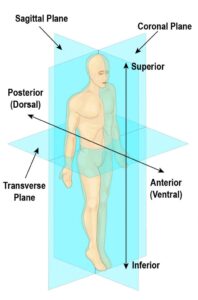
- Most joints that are capable of flexing, as well as extending do so in addition to other motions. A shoulder, as well as hip joints, maybe flexed and extended as well as abducted, which involves lifting the limb sideways away from a body; adducted, which involves drawing a limb sideways back toward a body; circumducted, which mainly involves circling the limb; & rotated, which involves turning the limb from side to side. On a neck, a head may be flexed, bringing a chin toward a chest, & conversely extended, tipping the chin upward, and abducted, adducted, circumducted, as well as rotated.
- Even the intervertebral joints of a spine are capable of flexion & extension on the segmental level, with flexion causing a trunk to bend forward as well as extension causing a trunk to straighten. These are also capable of rotation as well as the motion known as the lateral flexion, or side-bending.
- Flexion, as well as extension, are also differentiated by the muscles which can produce them. At any given joint, flexion is initiated by the muscle or group of muscles called an agonist and resisted by the opposing muscle or group of muscles called an antagonist. The same is true for extension, only a role of the muscles is reversed. At an elbow joint, for instance, the biceps brachii muscle on a front of an upper arm produces flexion while opposed by the triceps muscle on the back of the arm, which should lengthen in order for the biceps to contract. Conversely, the triceps is an agonist while extension, contracting to straighten an elbow during the biceps lengthens in opposition.
- In anatomy, flexion, as well as extension, are opposite motions of approaching and retreating in the anteroposterior direction. These are typical movements of the synovial joints, even though they can also refer to motions of other joints and moving parts of a body. More precisely, flexion & extension are defined as the angular motions made in a sagittal plane with respect to a median frontal plane.
- After that, a person will see what these anatomical planes are & then explain the differences between flexion as well as extension. All anatomical descriptions of a human body are made with respect to planes & axes defined in the so-called anatomical position. In the position, a body is positioned in the standing position, with the arms extended to the sides & turned so that the palms of the hands face forward.
Beginning from this position, a sagittal plane is the plane perpendicular to the floor which cuts a body in the right half & the left half. Any action made in an anteroposterior direction is said to be in a sagittal plane. - For instance, if the person is in the anatomical position, raising & lowering a leg in front of a body, bending as well as extending the knee, or bending & extending, are movements performed in a sagittal plane.
Moreover, to a sagittal plane that cuts a body just in the middle (mid-sagittal plane ), any plane parallel to it is also called the sagittal plane, that is why the person generally speaks of sagittal planes & not just one. For instance, the motion of bending & extending the knee occurs in the sagittal plane (plane in an anteroposterior direction as well as perpendicular to the ground)but does not happen in the mid-sagittal plane, that is not happening right in the middle of a body. - The angular motions within sagittal planes are called flexion and extension as well. This means that flexion, as well as extension, are motions that modify an angle between two articulated segments of a body & are carried out in the anteroposterior direction.
The flexion is the movement angle decreases & approaches the two distal ends of articulated segments. An extension is the opposite action, increases the angle between the articulated segments & away from each other. For example, flexing as well as extending the elbow decrease and increases the angle between the forearm as well as the arm respectively. Bending motions are the consequence of the contraction of one or more flexor muscles. An opposite movement, that of extension, is the consequence of a contraction of one or more extensor muscles. For instance, the flexion action of the elbow is the consequence of a contraction of the biceps brachii, which brings an arm as well as forearm closer together, & the extension is the consequence of a contraction of the triceps brachii. - The flexor muscles act as the agonists and the extensor muscles as the antagonists, therefore when the flexor muscles are contracted, the extensors extend, & vice versa.
- Flexion, as well as an extension, may not be confused with the angular motions in other planes. For illustration, if a person lifts an arm away from a body laterally, the angle between both parts varies, not in the sagittal plane but in a frontal plane. In this case, it does not speak of flexion as well as an extension but of abduction and adduction as well.
There are other actions in the sagittal plane that, by convention, are defined as flexion and extension motions, although it is not angular movements. For instance, an elevation of an arm to the front is defined as the movement of flexion & backward as an extension, but it is produced by rotation of a shoulder joint, so it is not an angular movement. - Anatomical terms of motion are used to describe the actions of the muscles upon a skeleton. Muscles contract to produce action at joints, and the subsequent motions may be precisely described using this terminology. The terms used assume that a body begins in the anatomical position. Most actions have the opposite movement which is also known as the antagonistic movement.
- Flexion as well as Extension
Flexion & extension are movements that happen in the sagittal plane. It refers to increasing as well as decreasing the angle between two body parts: - Flexion refers to the movement which decreases the angle between two body parts. Flexion at an elbow is reducing the angle between the ulna & the humerus. When the knee flexes, an ankle moves closer to the gluteal region and the angle between the femur & tibia gets smaller.
Extension Refers to the motion which increases the angle between two body parts. Extension at an elbow is increasing the angle between the ulna & the humerus. The extension of a knee straightens a lower limb.
Flexion and Extension
- Flexion, as well as extension, are actions that take place within the sagittal plane & involve anterior or posterior movements of the body or even limbs. For a vertebral column, flexion (anterior flexion) is the anterior (forward) bending of a neck or body, whereas the extension involves the posterior-directed motion, namely straightening from the flexed position or even bending backward.
- Lateral flexion is the bending of a neck or even body toward the right or left side. These movements of the vertebral column involve both a symphysis joint formed by each intervertebral disc and the plane type of synovial joint formed between the inferior articular processes of one vertebra & the superior articular processes of the next lower vertebra.
- In the limbs, flexion reduces the angle between the bones (bending of a joint), whilst extension increases the angle & straightens the joint. For an upper limb, all anterior motions are flexion & all posterior motions are an extension. These include anterior-posterior motions of the arm at a shoulder, the forearm at an elbow, the hand at the wrist, and the fingers at a metacarpophalangeal & interphalangeal joint. For a thumb, extension moves a thumb away from the palm of the hand, within the same plane as a palm, whereas flexion brings the thumb back against an index finger or even into the palm. These movements take place at the first carpometacarpal joint.
- In the lower limb, bringing a thigh forward & upward is flexion at a hip joint, whereas any posterior-going motion of a thigh is an extension.
- Synovial joints allow a body a tremendous range of motions. Each movement at the synovial joint results from a contraction or relaxation of the muscles which are attached to the bones on either side of an articulation.
- The degree & type of movement that may be produced at the synovial joint is determined by its structural type. While a ball and socket joint gives the greatest range of motion at the individual joint, in other regions of a body, several joints can work together to produce a particular motion. In short, each type of synovial joint is necessary to provide a body with great flexibility as well as mobility.
- There are several types of motion that can happen at synovial joints. Movement types are generally paired, with one directly opposing another. Body movements are always described in relation to an anatomical position of the body: upright stance, with upper limbs to a side of the body & palms facing forward.

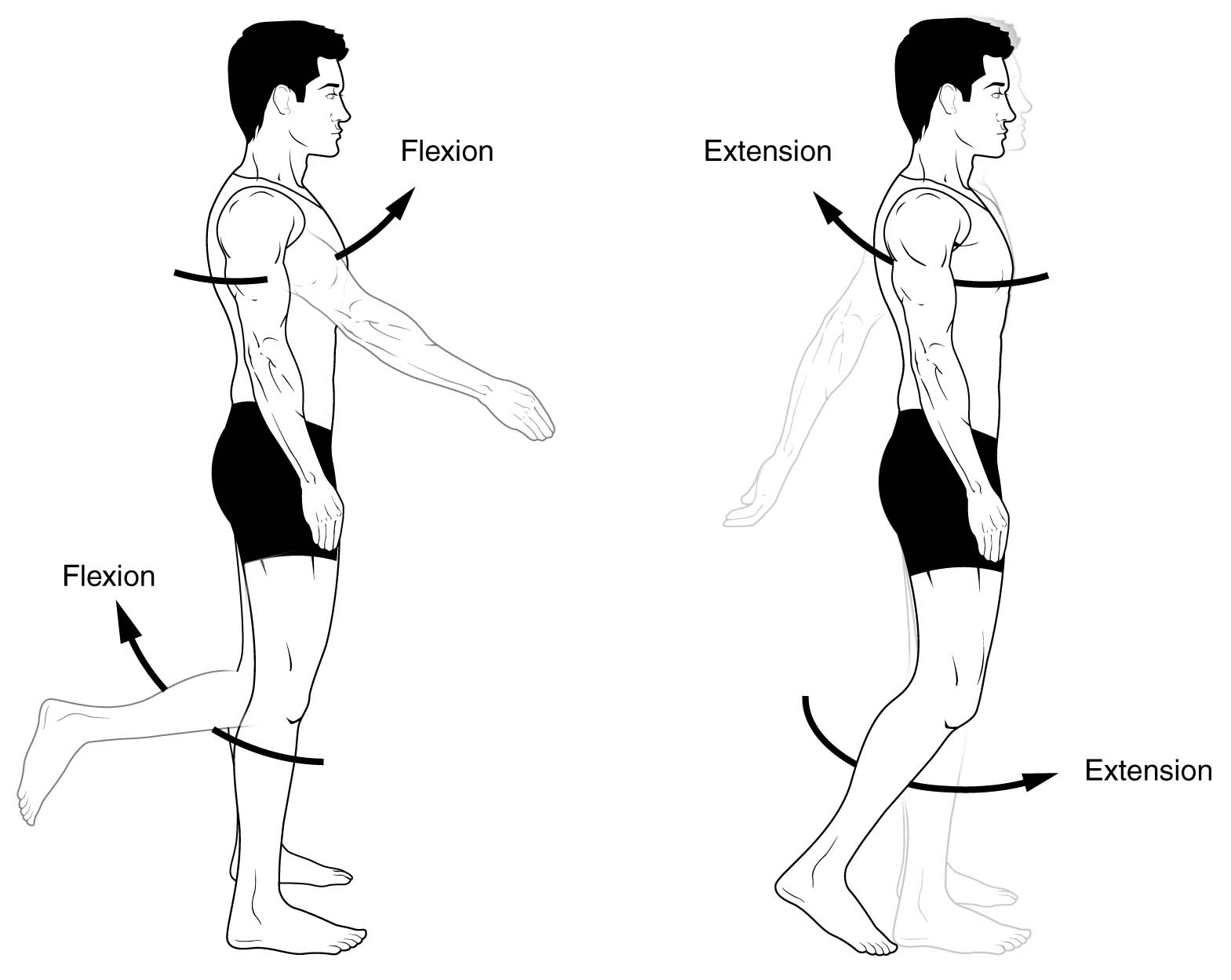
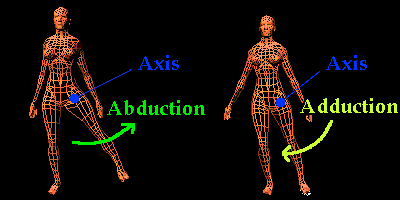
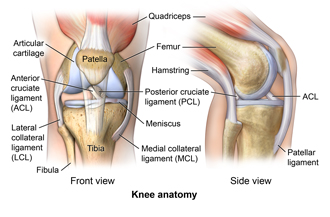
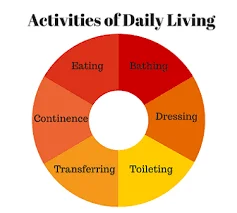

2 Comments